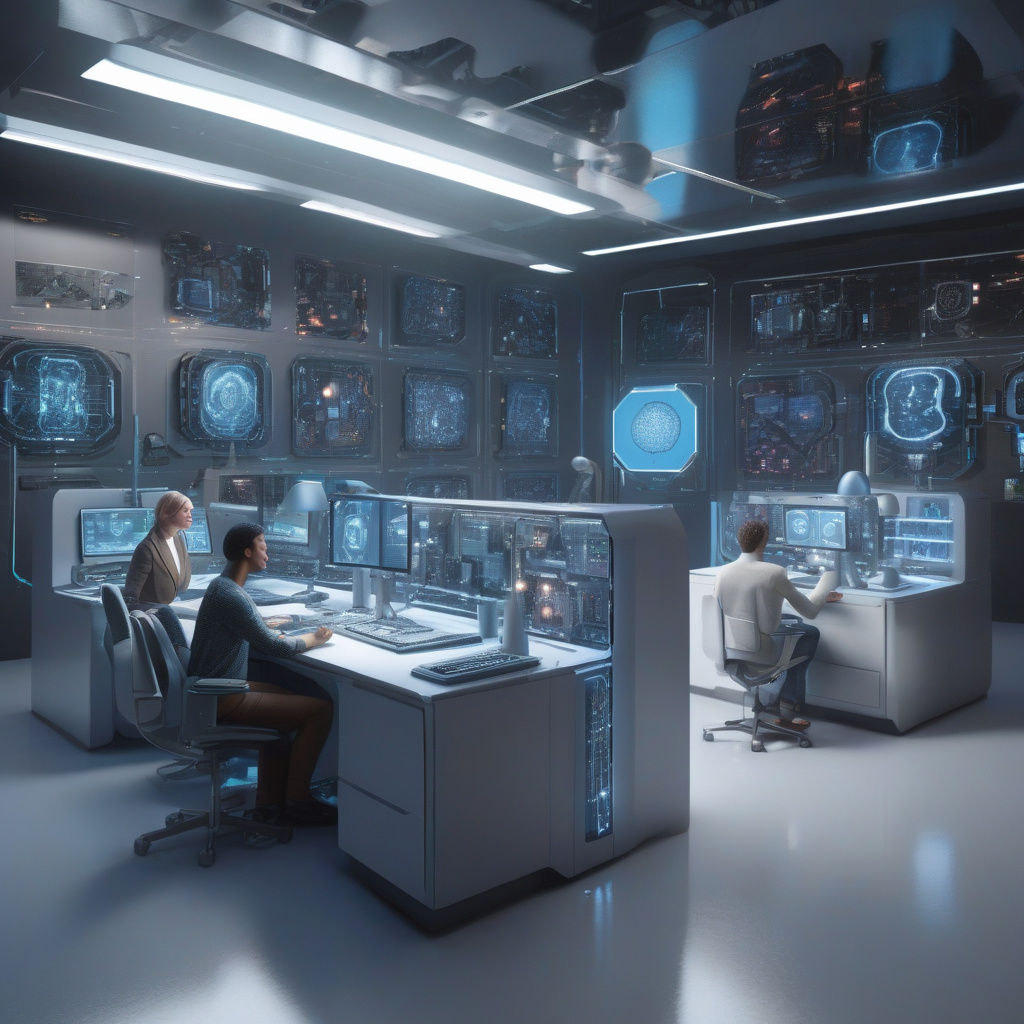From Chatbots to Robots: The Rise of ‘Physical AI’
In a recent Nvidia earnings call, CEO Jensen Huang boldly declared, “The next frontier of AI is physical AI.” This emerging field integrates artificial intelligence with humanoid robots, industrial machines, cars, and IoT devices, enabling real-time decision-making based on data from physical systems. Unlike traditional robotics, physical AI employs bidirectional learning systems, enhancing adaptability and performance in dynamic scenarios.
Albert Meige from Arthur D. Little highlights the significance of physical AI in bridging the gap between generative AI and real-world applications. While generative AI excels in digital content creation, physical AI augments human actions in the physical world, embedding intelligence into devices to sense, decide, and act autonomously. This shift towards agentic AI marks a new era where devices interact intelligently with their environment.
Practical applications of physical AI are already transforming industries such as logistics, healthcare, and manufacturing by automating tasks, collecting real-world data, and improving operational efficiencies. Companies like Amazon Robotics are at the forefront of this revolution, deploying robots for tasks like heavy lifting and repetitive actions, enhancing workplace safety and productivity.
Despite concerns about job displacement, physical AI is reshaping roles rather than replacing them. MIT’s Ben Armstrong emphasizes that AI-enabled robots offer flexibility and consistency, freeing up human workers for higher-value tasks. The collaboration between humans and machines is crucial for leveraging the full potential of AI-powered robotics across various sectors.
The rise of humanoid robots represents another facet of physical AI, with companies like Tesla venturing into this market. While humanoid robots hold promise for tasks that benefit from human-like dexterity, challenges remain in aligning their capabilities with practical industrial needs. China leads in developing AI-powered humanoids, with expectations of accelerated adoption in the coming years.
As physical AI continues to evolve, the focus shifts towards enhancing human-machine collaboration, improving safety, and driving productivity across industries. The synergy between AI and robotics offers a glimpse into a future where intelligent machines complement human skills, leading to a more efficient and sustainable workforce.
In conclusion, the convergence of AI and robotics in the realm of physical AI heralds a transformative era where machines interact seamlessly with the physical world, reshaping industries and augmenting human capabilities. Embracing this technological evolution entails leveraging the power of AI to drive innovation, efficiency, and growth in an increasingly interconnected digital landscape.

